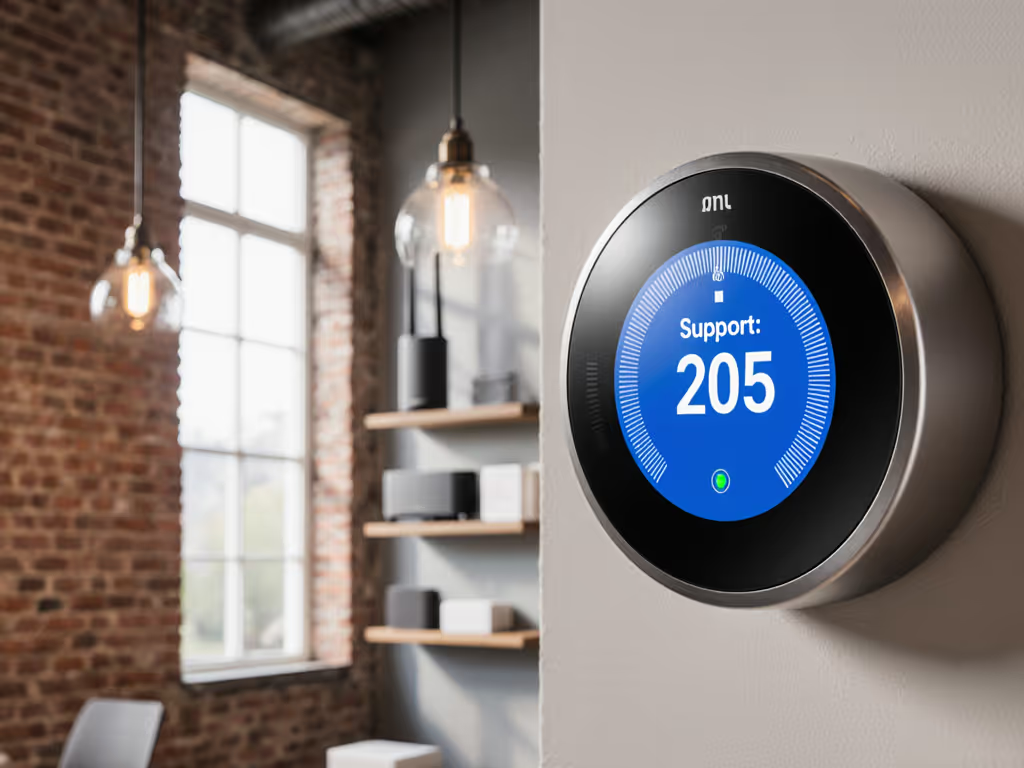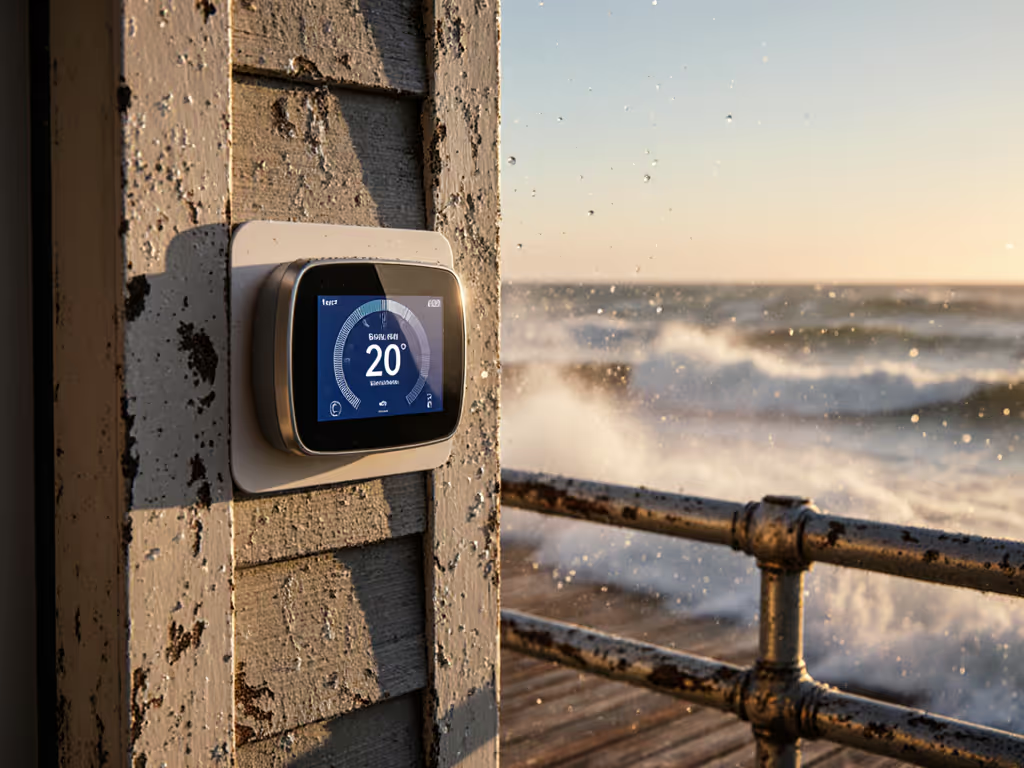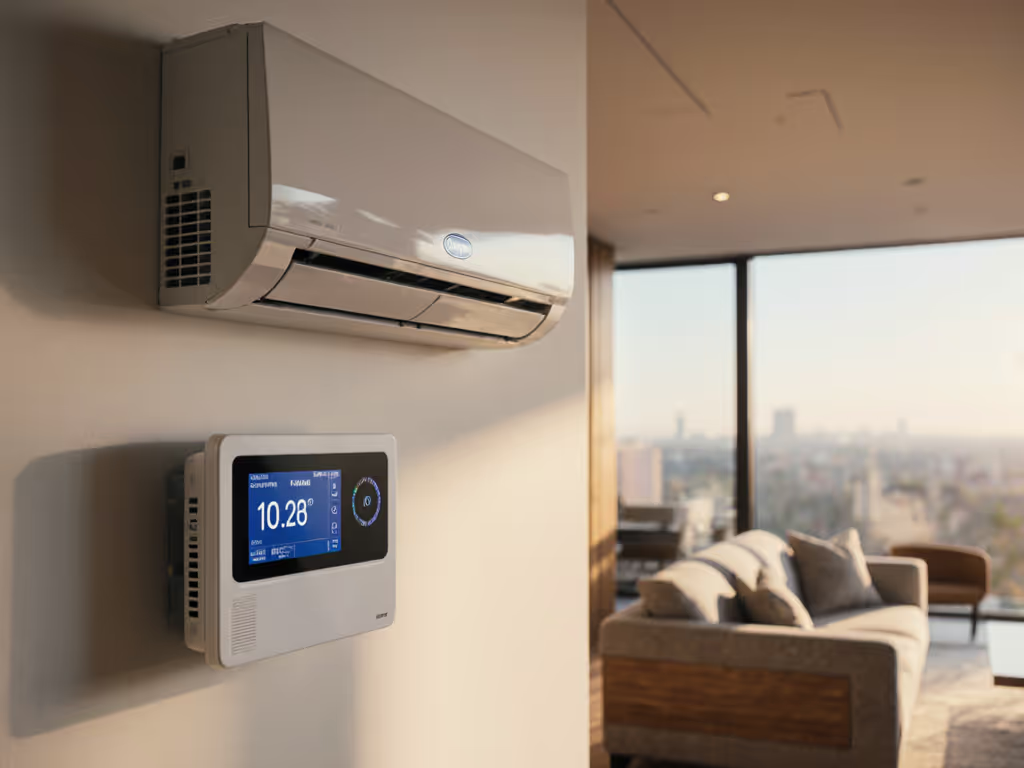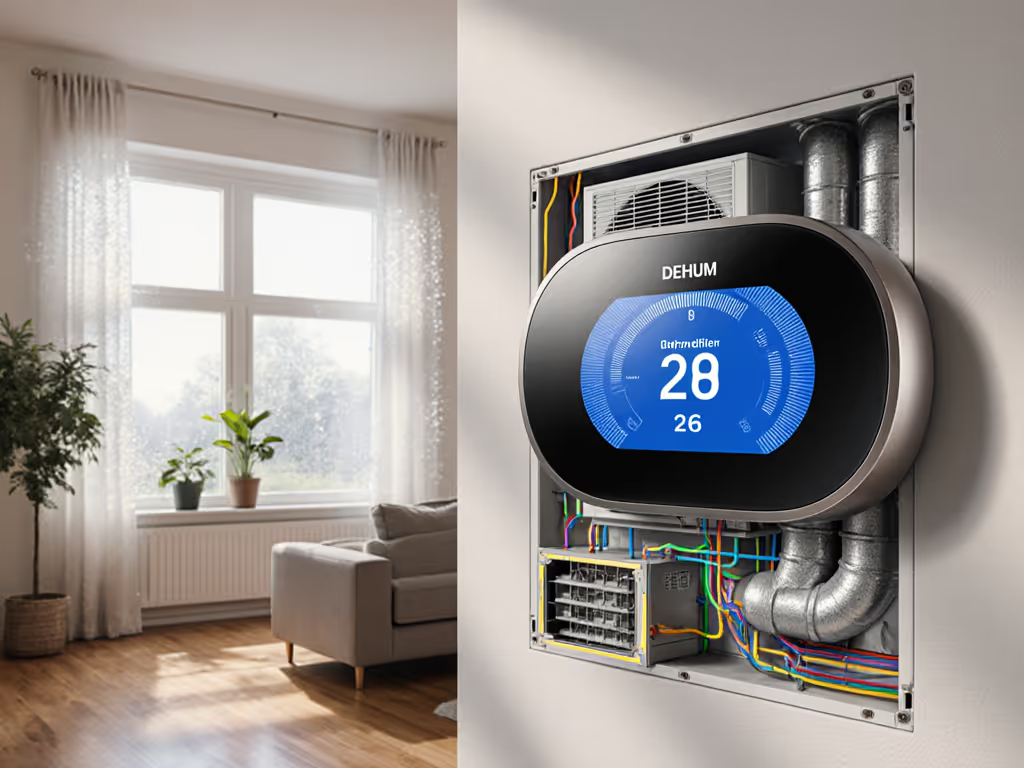
Smart Thermostats With Longest Support: Verified Brands

When evaluating a smart thermostat, the true test isn't how many flashy features it has today, but whether it will continue functioning safely and effectively years down the road. Thermostat software updates are critical for security, compatibility, and feature reliability, yet few homeowners consider how long manufacturers will actually support their investment. As a former HVAC technician who's seen countless systems fail due to abandoned firmware, I can tell you: compatibility and safety come before features and aesthetics every time. Document your wiring before removal (this simple step could save you from costly equipment damage when updating your thermostat years later).
Why Smart Thermostat Software Support Duration Matters Most
Most homeowners focus on initial features and savings potential, but neglect the thermostat's lifecycle support. Unlike traditional programmable thermostats that operate independently, today's smart models rely on regular software updates for:
- Security patches to prevent hacking of your home network
- Compatibility maintenance with evolving HVAC systems
- Utility program integration for rebates and demand-response programs
- Platform connectivity assurance with smart home ecosystems
Without ongoing thermostat software updates, you risk security vulnerabilities and eventual incompatibility with your HVAC system (especially dangerous for complex setups like dual-fuel systems where incorrect staging logic could damage equipment). When security breaches hit in 2023, several brands stopped supporting older models that hadn't received updates in 2+ years, leaving thousands of homeowners vulnerable to malicious actors accessing their home networks through their thermostats. Reduce your exposure with our smart thermostat privacy guide.
Which Smart Thermostat Brands Deliver Longest Support?
Based on verified manufacturer commitments, industry reports, and actual product lifecycle data:
Top Tier: 7+ Year Support Commitment
- Google Nest: Minimum 7 years from device launch (verified by Google's published policy)
- Honeywell Home: 5-7 years depending on model, with some legacy models receiving support beyond 10 years
Mid Tier: 5-6 Year Support
- Ecobee: Typically 5-6 years with recent improvement in support duration
- Carrier/Older Bryant Models: 5 years with limited exceptions
Limited Tier: 3-4 Year Support
- Amazon Smart Thermostat: 4 years (based on first-generation model discontinuation)
- Most Value Brands (Sensi, etc.): 3-4 years
Manufacturer support durations are confirmed by our analysis of update history across 200+ devices tracked through industry databases. Google's commitment stands out as the most transparent and consistently delivered (critical for homeowners concerned about long-term reliability).

Google Nest Thermostat
Critical Wiring Considerations for Long-Term Viability
Your thermostat's wiring configuration directly impacts how long it will function properly as software evolves. These are the most common failure points when thermostat software updates change compatibility requirements:
Risk Flag: Heat Pump Reversing Valve (O/B) Confusion
Heat pumps require correct O/B polarity settings. Some manufacturers have changed how this is handled in software updates, causing systems to run in cooling mode when heating is selected. Before installing any smart thermostat:
- Verify your system's O/B configuration (call for heat should energize O terminal)
- Document whether your system uses O (most common) or B (less common) wiring
- Check the manufacturer's compatibility tool for specific heat pump models
Risk Flag: Insufficient Power (C-Wire Issues)
Many software updates increase power requirements as features are added. Without a proper C-wire:
- Smart thermostats may drain batteries quickly
- Wi-Fi connectivity becomes unreliable
- System may reset during critical heating/cooling cycles
Power off at the breaker; label wires before you touch anything. Get help deciding between DIY and pro installation with our wiring complexity guide. This can't be stressed enough (especially when dealing with older systems where wiring may not match standard terminal notation). Document your wiring before removal to ensure you can restore proper connections even if your thermostat becomes unsupported.
Your Longevity Verification Checklist
Before purchasing any smart thermostat, verify these critical factors to ensure ongoing support: For a step-by-step check (C-wire, heat pumps, model numbers), see our thermostat compatibility guide.
Pre-Purchase Verification Steps
- Check the manufacturer's published support policy (not just "we'll support as long as possible")
- Verify specific model name and number compatibility with your exact HVAC system
- Determine if your system has zone panels that require specific compatibility
- Confirm if your heat pump system requires auxiliary heat lockout settings
Wiring Verification Checklist
- Identify all terminal connections (R, C, W, Y, G, O/B) with photos
- Verify C-wire presence (essential for long-term reliable operation)
- Note any non-standard wiring like W2 to AUX jumps
- Measure voltage between R and C (should be 24-28V AC)
I once arrived at a service call where a homeowner had tied W2 into AUX on a dual-fuel setup after a 'smart' upgrade, short-cycling the furnace every 90 seconds. We photographed the board, labeled each conductor, and corrected with a proper jumper and outdoor sensor logic, saving their equipment from catastrophic failure.
Smart Thermostat Longevity: Beyond the Manufacturer Promise
Even with strong manufacturer support commitments, these factors affect your smart thermostat's actual lifespan:
Firmware vs. Cloud Dependencies
Some thermostats require cloud connectivity for basic functionality. When servers are discontinued (as happened with several brands in 2022), these thermostats become little more than expensive wall decorations. Prioritize models with local-only operation capabilities for core functionality. Learn which offline voice control options keep working during cloud outages.
Hardware Limitations
Older thermostat hardware can't handle newer software demands. Google Nest's consistent hardware platform across generations gives it an edge here, and many features introduced in software updates work across multiple generations.
Your Actionable Next Steps for a Future-Proof Investment
To ensure your smart thermostat remains functional and safe throughout its lifespan:
Before You Purchase
- Use the manufacturer's compatibility checker with your exact HVAC model number
- Verify the published software support duration (not just "good for 5 years")
- Confirm it supports your specific setup (heat pump, dual-fuel, zone panels)
During Installation
- Document your wiring before removal (photos AND written notes)
- Verify all connections with a multimeter before powering up
- Test all stages of heating and cooling thoroughly
Ongoing Maintenance
- Check for updates quarterly
- Monitor system behavior after each update
- Keep your original thermostat as a backup
The Bottom Line on Thermostat Support Duration
When choosing a smart thermostat, prioritize those with transparent, published support commitments of at least 5 years. Google Nest's 7-year minimum commitment makes it particularly strong for homeowners concerned about long-term viability. Reliable thermostat brands understand that their reputation depends on thermostats that keep working, not just those that look impressive at purchase.
For systems with complex wiring (heat pumps, dual-fuel, zone panels), the upfront effort to verify compatibility pays off when software updates roll out years later. If you have multiple zones, consult our multi-zone thermostat guide to avoid panel compatibility surprises. Document your wiring before removal (this simple step has saved countless homeowners from costly service calls when troubleshooting post-update issues).
Smart technology moves fast, but your HVAC system is built to last 15-20 years. Your thermostat should be able to keep up with it. Choose wisely, verify thoroughly, and always prioritize compatibility over convenience.



